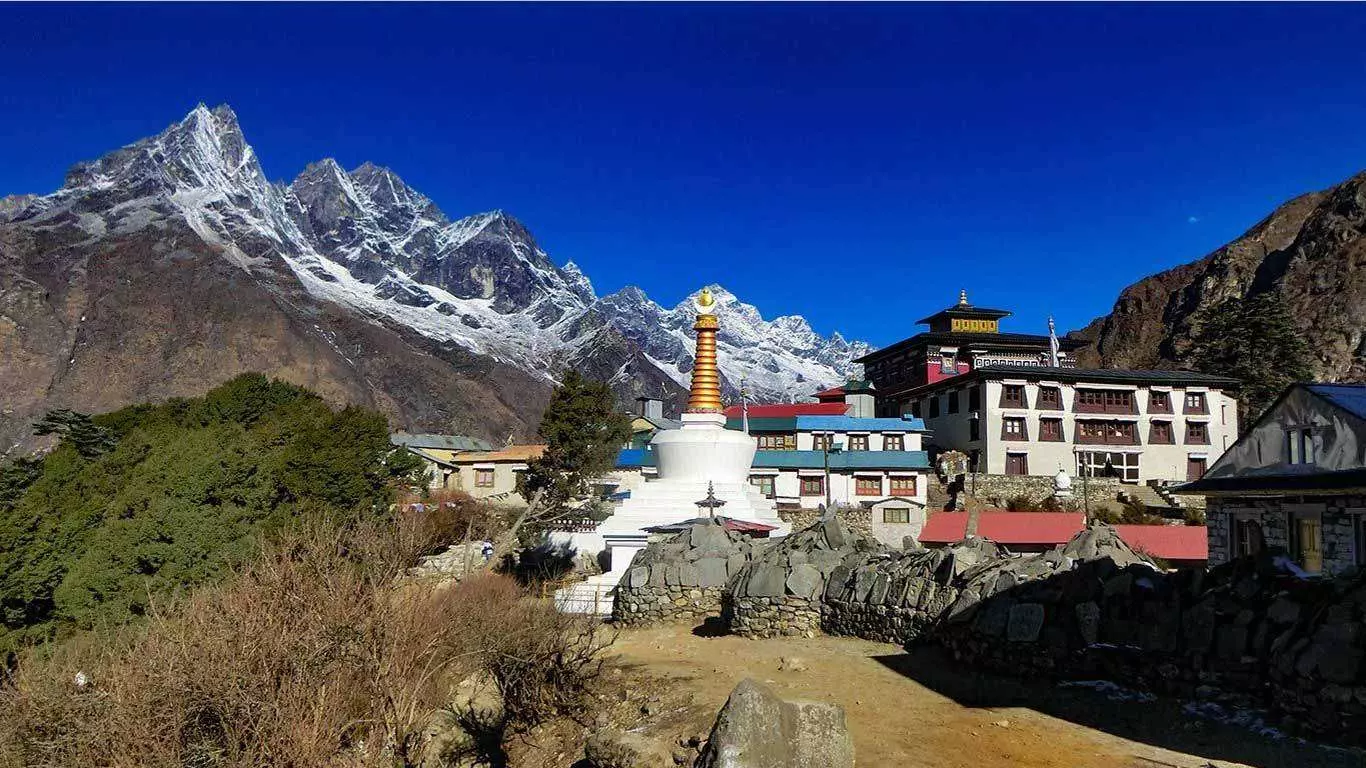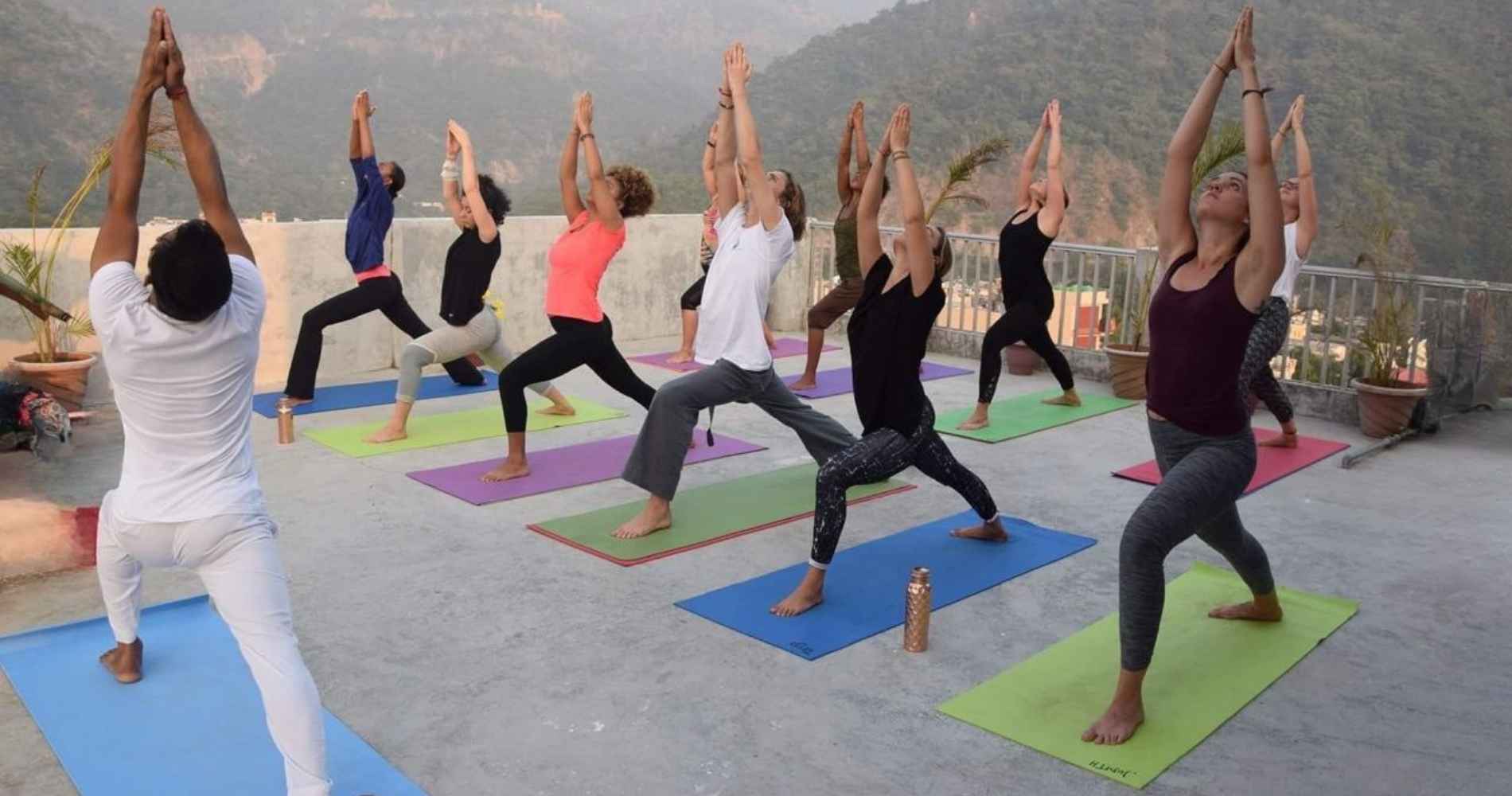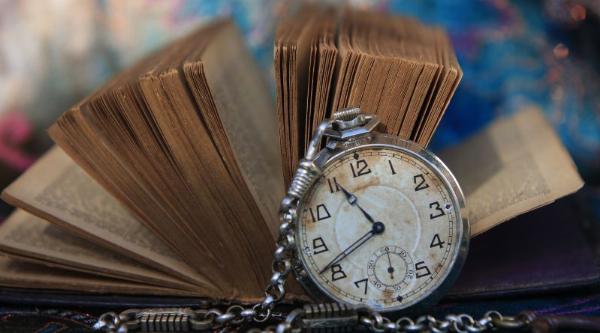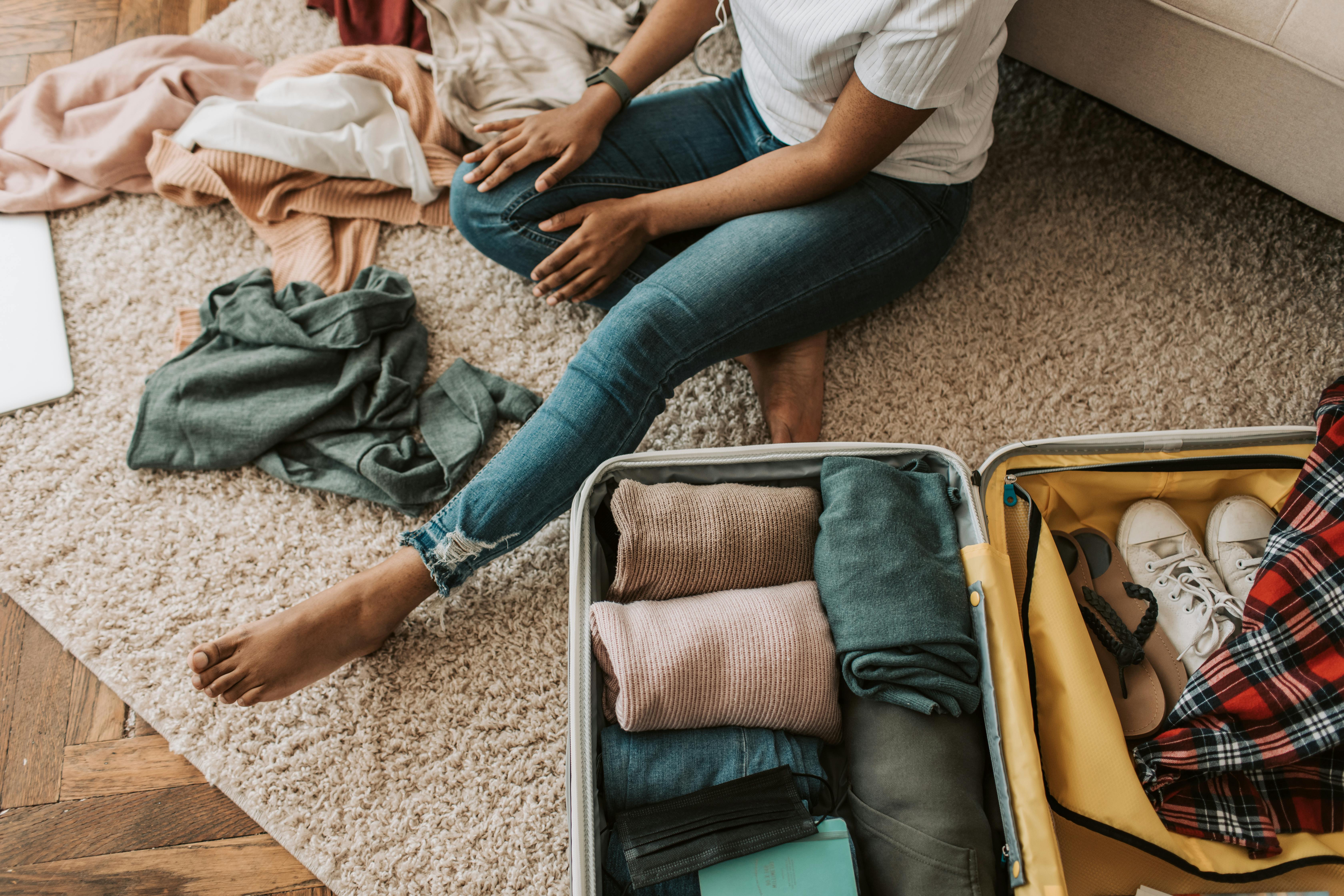Packing List for the Everest Three Pass Trek: Essential Gear and Tips

Strong 8k brings an ultra-HD IPTV experience to your living room and your pocket.
Getting ready for the Everest three pass trek changed my life, but packing right made all the difference! This tough but amazing trek takes hikers across Kongma La (5,535m), Cho La (5,420m), and Renjo La (5,340m) passes. According to the Nepal Tourism Board (2023), 65% of trekkers who fail to complete this route cite "poor gear choices" as the main reason. I want to share what worked for me so you can have an amazing time too!
Clothes That Will Save You
❄️ Base Layers: Pack 2-3 sets of thermal tops and bottoms. Merino wool works best as it stays warm even when wet and doesn't smell bad after days of hiking! I wore the same base layer for three days straight, and my hiking buddies didn't run away.
❄️ Mid Layers: Bring 1-2 fleece jackets or wool sweaters. I wore mine every night at tea houses when temps dropped below freezing. The nights get super cold, and tea houses rarely have good heating.
❄️ Outer Shell: A good waterproof and windproof jacket is a must. Research shows that the weather can change in 30 minutes on the trek. My jacket saved me when a sudden storm hit us near Cho La pass. Don't skip on quality here!
❄️ Hiking Pants: Pack 2 pairs - one lighter, one thicker. I loved the ones with zip-off legs. When the sun came out strong, I changed to shorts in seconds. Magic!
❄️ Warm Hat & Sun Hat: Your head loses heat fast at high spots, but the sun is super strong too! I switched between my wool beanie and sun hat many times each day.
❄️ Gloves: Bring thin liners and thick outer gloves. My fingers thanked me when the temps hit -15°C at night. You'll need your hands for taking photos of the amazing views!
❄️ Socks: 4-5 pairs of good hiking socks. I changed mine every 2 days. Clean, dry feet are happy feet. About 40% of trekkers report foot problems during the trek.
❄️ Buff/Neck Gaiter: Works as a face mask, headband, or neck warmer. I used mine daily to keep dust out when walking behind others on dry trails.
Gear You Can't Go Without
🏔️ Backpack: A 40-50L pack works great. Make sure it has good hip support. After 8 hours of walking each day, your shoulders will thank you for a pack that puts weight on your hips instead.
🏔️ Sleeping Bag: Get one rated for -10°C/15°F. Tea houses are cold! A study by Outdoor Gear Lab (2024) found that trekkers sleep 43% better with the right sleeping bag. I added a silk liner for extra warmth and to keep my bag clean.
🏔️ Trekking Poles: These saved my knees on steep downhills. Worth every penny. The trail has over 6,000m of total descent - that's like walking down a mountain 20 times!
🏔️ Headlamp: Power cuts happen a lot. Bring extra batteries. I used mine every night to read and find the bathroom at 2 am (altitude makes you pee more - no one told me that!).
🏔️ Water Bottles: Two 1-liter bottles or a 2-liter bladder. Water costs more as you go higher! At base camp, one liter costs about $3 USD.
🏔️ Gaiters: Keep rocks and snow out of your boots. When we crossed Cho La pass in fresh snow, my feet stayed dry while others had wet socks all day.
Health Stuff That Matters
💊 First Aid Kit: Band-aids, pain pills, blister pads, stomach meds. About 78% of trekkers need first aid at least once. I used blister pads almost daily.
💊 Sunscreen & Lip Balm: The sun is crazy strong at high altitudes. Your lips will crack without balm. I reapplied every 2 hours because the UV index can reach 12+ at high altitude.
💊 Water Purification: Tablets or a filter. I used both to be safe. Getting sick from bad water can end your trek early. About 30% of trekkers report stomach issues.
💊 Altitude Sickness Pills: Talk to your doctor about Diamox before you go. I took it as a safety step and had no altitude problems while others in my group struggled.
💊 Hand Sanitizer: Use before every meal. Tea houses try to be clean, but germs spread fast in shared spaces.
Extra Things I Was Glad I Brought
📱 Power Bank: Charging spots are rare and cost $2-5 per charge. My 20,000mAh power bank lasted the whole trek.
📱 Camera: The views are amazing! I took over 1,000 photos and don't regret a single one.
📱 Snacks From Home: When I felt sick from the height, familiar snacks were the only things I could eat. Protein bars saved me on tough days.
📱 Cash: Bring US dollars for tips and extras. The ATMs in small villages don't always work, and prices go up about 30% with each 1,000m of elevation gain.
Tips From My Experience
Test all gear before your trip. My new boots gave me blisters on day 1!
Less is more. Every extra pound feels like five at high altitudes.
Pack in plastic bags to keep stuff dry. My clothes stayed dry during a surprise storm.
Bring earplugs! Tea house walls are thin, and some trekkers snore like bears.
The Everest three pass trek tests you in amazing ways. With the right gear, you can focus on the amazing views instead of being cold, wet, or sore. I was so glad I packed right - it made my trek one of the best times of my life!
Note: IndiBlogHub features both user-submitted and editorial content. We do not verify third-party contributions. Read our Disclaimer and Privacy Policyfor details.







